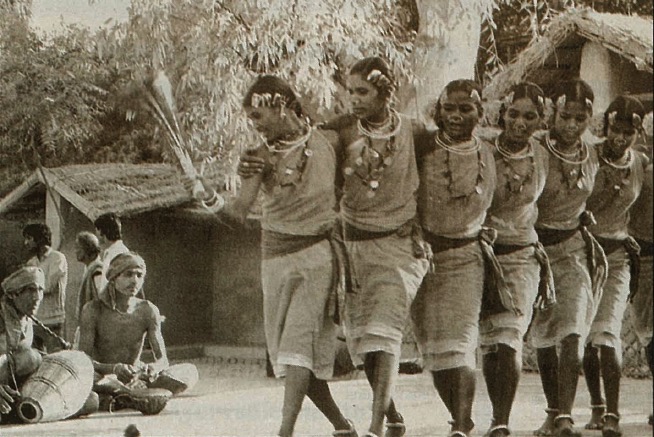It seemed like a good idea at the time–to declare a “Year of the Indigenous Peoples” in 1993 to coincide with the 500th anniversary of Christopher Columbus’ arrival in the Americas. So the UN pundits who decide such things were surprised at the uproar among native American Indians as to why they should be so honored in celebration of an event that led directly to the decimation of every single Indian tribe in the hemisphere. The UN responded sympathetically by declaring an entire “Decade of the Indigenous People.” A part of this grand, if vaguely conceived, scheme is a “Declaration on the Rights of Indigenous People,” to be presented in 2004 for adoption by the UN and all its member nations.
The declaration has hit rough going. Representatives of UN member nations and of the world’s 400 million indigenous people met in October to discuss a preliminary draft in Geneva. Distressed that not a single one of their procedural demands was being met, every indigenous representative walked out on the first day. Some returned over the next week, often to deliver an eloquent parting speech. Troy Lynn Star Yellow Wood of the American Indian Dakota tribe declared, “What has met us here in Geneva is the all-too-familiar atmosphere of duplicity, deceit and disrespect that we received from the invader states in our homelands.” Then his delegation left.
The problem is not hard to identify: serious political ramifications of land ownership and sovereignty. Take, for example, the draft’s proposed article 27: “Indigenous peoples have the right to the restitution of the lands which they have traditionally owned and which have been confiscated without their consent.” That would logically include large regions of the US and Canada. Given such ramifications, the reluctance encountered in Geneva to grant meaningful rights was understandable.
India has the largest number of tribal people in the world, the Adivasis, “original inhabitants.” The Adivasis characterize their people by: “reliance on forest, ancestral land and water bodies within the territory of the community for food and other necessities, and a distinctive culture which is community oriented and gives primacy to nature.” In 1994 they registered their concerns that “the systematic assault of the state and the so-called mainstream cultures, together with the loss of land and forests, the material base for our culture and ethos, have pushed the newer generations of Adivasis into transience”–meaning out of the forests and into towns and cities.
Deforestation may or may not cause global warming, but its immediate effect upon tribals is the devastating loss of their home and means of livelihood. The irony of all this is that tribals are the only truly ecologically successful people in the world, able to live indefinitely in an area without turning it into a wasteland. Not only do the nations of the world need to insure the ability of native peoples to continue their traditional life style, they would do well to learn from them how to similarly live in sustainable harmony with nature. Another meeting next year will again discuss the draft declaration.
SIDEBAR: ADIVASIS – INDIA’S INDIGENOUS PEOPLE
Bharat can boast the largest number of the world’s tribal people–40 million. Among the most numerous are the Gonds (2.5 million) of Central India and the Bhils (2.5 million) of West India. There are hundreds of such groups throughout the mountainous regions, known as Adivasis (“original inhabitants”) or “Scheduled Tribes.” The government does not accept them as “indigenous peoples,” for the UN definition only includes those whose foreparents were conquered by invaders.
India’s tribals are racially different from most Indians (who are a Caucasoid people). It is believed that at some point–perhaps more than ten thousand years ago–these Caucasians pushed the tribals from the plains of North and South India into the hill regions.
Unlike in other countries, the kings of Hindu India never pursued a genocidal policy toward the tribals–the reason they remain so numerous. Religiously, the tribal faiths easily fall within the very broad system of beliefs and practices of Hinduism, itself sometimes classified as a “tribal religion.”
